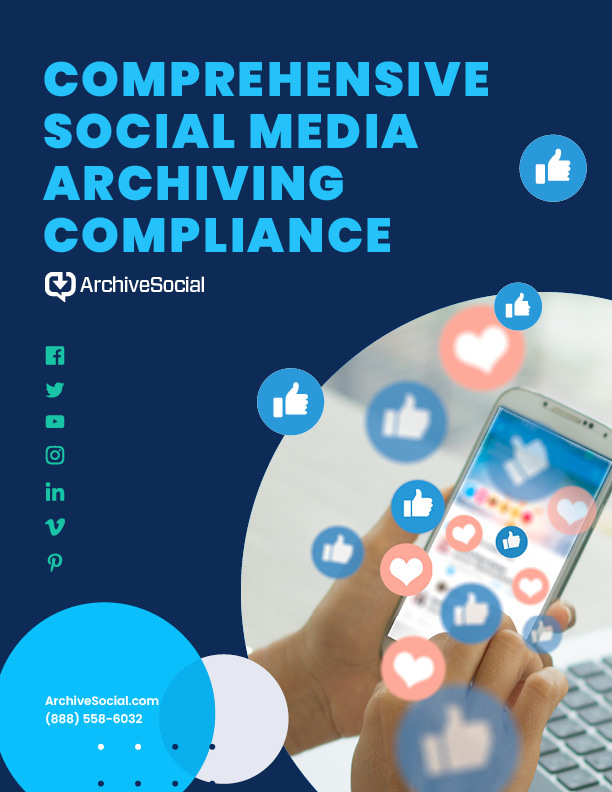Entrepreneur, author, speaker, and worldwide connector, Amy McIlwain is recognized internationally for radical new ways of thinking about Social Media. Amy launched Financial Social Media in 2010 which specifically addresses the compliance issues surrounding social media and the financial industry. With her unique background in both online marketing and financial services Amy knows which media vehicles work and the marketing language needed to deliver results. Amy continues to teach others about the power of Social Media marketing and has conducted several live trainings and webinars for thousands of people worldwide. Additionally, her content has been featured in several top financial industry publications, blogs, websites, and books. Outside of work Amy’s passion lies in travel. She has visited over 22 countries and spent time living in both Spain and Australia. One of her lifetime goals is to explore all seven continents.
______________________________________
Whenever I advise my clients to create a social media policy, they always respond with: okay, but what should it say? I understand because that was my first question when I first discovered the importance of a social media policy too. What should your social media policy include? How do you even get started?
There are several different approaches you can take when creating a social media policy. Aim to make the policy specific and relevant to your firm. Also make sure it coincides with your compliance regulations. Here are a few simple steps to get you started in writing process.
First, address the purpose of social media: Why is your business using social media? Why are you crafting a social media policy? What should the reader/user take away after reading the policy? These are all important questions that need to be addressed in the introduction of your policy. In essence, you need to set the stage and make sure everyone is clear on the “why’s”.
Define “social media”: Next is the “what”. What is social media? What social media platforms is your business a part of? Once again, this is important for laying the groundwork of your social media policy. Assume your readers aren’t versed in social media.
Personal Websites: Before you delve into the social media best practices of your business, establish guidelines for how employees (who identify themselves as an employee of your firm) should conduct and present themselves on their personal pages. In light of the assumption that employees are speaking on behalf of the organization, ensure that their communications are transparent, ethical and accurate. Also establish guidelines for how employees should engage with clients.
Establish “best practices” for the various platforms: Establish general guidelines and best practices for the various social media platforms. How should your associates conduct themselves on social media? What are the compliance regulations set forth by FINRA and the SEC? Here are a few topics you may want to address:
- Images
- Commenting
- Posting
- Controversial issues
- Conflicts of Interest
- Confidential Information
- Responsibility, best judgment, ethics
Sharlyn Lauby of Mashable suggests “focusing on things that employees can rather than what they can’t do.” Why? Because social media is about leveraging the positive.
When creating this information remember the three S’s of social media policies
- Simple-Be a Hemingway. Use plain grammar and easily accessible language. If you use heavy jargon and technical terms, your readers are more likely to misunderstand things.
- Short– Your policy need not be a novel. Make it short, and to the point. Also make navigable for the readers by using headers and bullet points.
- Specific– Back in May, GM was accused of developing “unlawful” social media policies. According to the National Labor Relations Board (NLRB), the policies “infringed upon workers’ rights by enforcing vague and overly stringent rules”. For example, GM prohibited workers from posing anything “misleading” and urged employees to “think twice before friending colleagues”. Given the vagueness of the policies, GM was allegedly “discouraging communications among co-workers”. Prohibiting employees from posting anything “misleading”, according to the NLRB, could be subject to lawful criticism of working conditions. Yikes! This situation offers a valuable lesson for your firm—especially considering the stringent regulations set forth by the SEC and FINRA. Be detailed. Don’t use vague language.
Protocols for crisis situations: Many companies fail to include this element in their social media policy. Let’s face it: people are fallible—and it’s better to prepare for crisis situations than get caught empty handed in a storm. The NatWest situation in the UK is a case-in-point example of why you should have a protocol for crisis situations.


